Frozen Food
Frozen products are an indispensable part of the food supply chain, playing an important role in ensuring food safety, reducing waste, and meeting market demand. Existing business practices and models
Traditional:
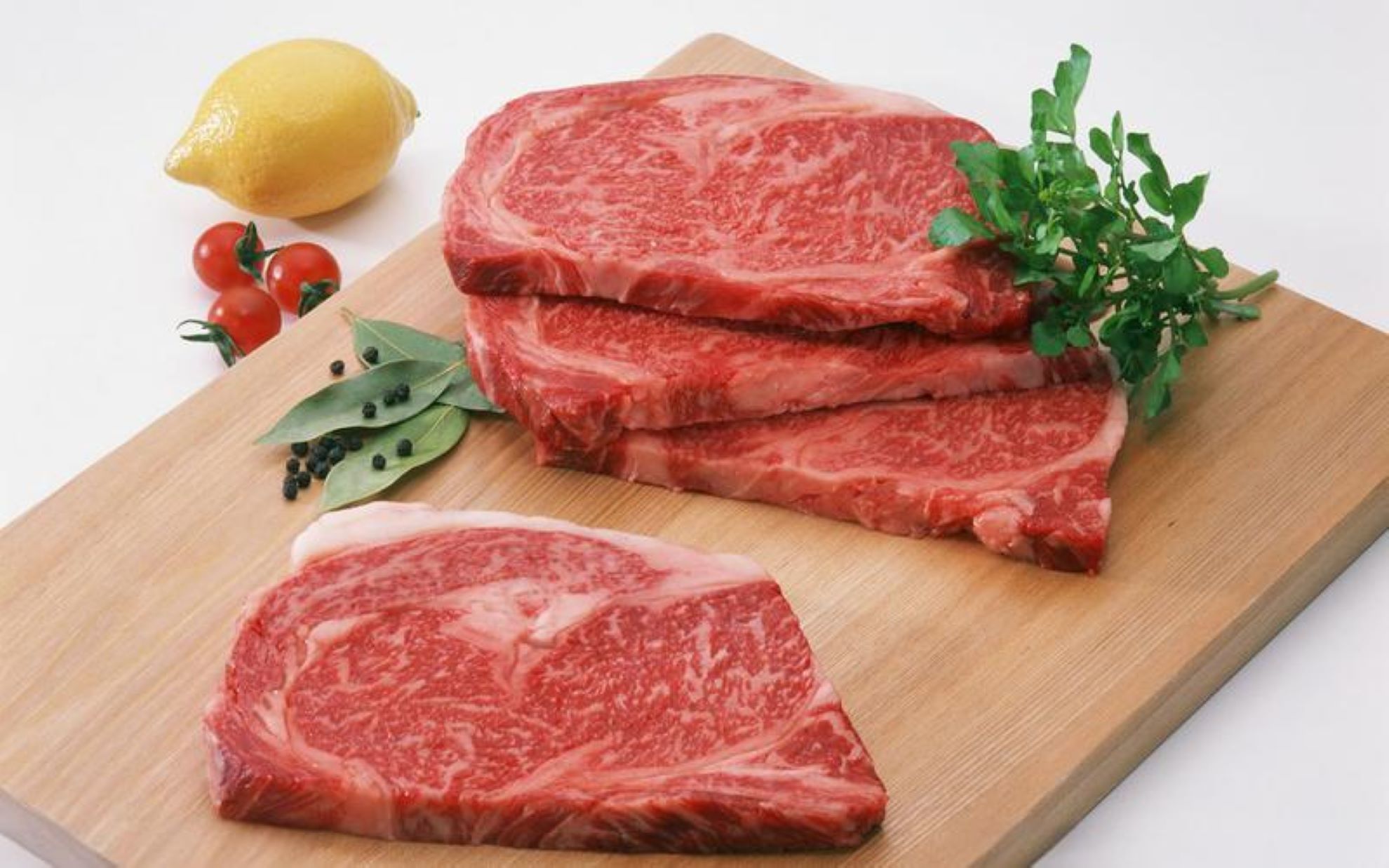
1. Manufacturer+distributor model, three-level manufacturer and distributor interest body model; Manufacturers are responsible for production and processing, while business operators are responsible for the operation and distribution services of market terminals;
2. Trade dealers - second and third level agents - terminal channel business model represented by regions; Distributors have gradually evolved into distribution providers, operators, and service providers; Some channel merchants are companies engaged in wholesale production and trade.
Where there is a price difference, there is market behavior; The primitive business behavior that was motivated by the price difference of pure information opacity has existed for a long time. The demand market is gradually evolving into the stock market, and the commercial behavior of the frozen goods industry is gradually evolving into modernization and complexity;
Various chain problems and pain points in the frozen goods industry
(1) Upstream - factories: scattered, overcapacity, unplanned production lag (lack of data guidance), limited brand influence (with room for transformation), 30000 to 50000 nationwide, with certain price fluctuations every year.
(2) Mid stream - Distributors: 30000 nationwide
Dealer analysis: In the past, there have been multiple rounds of turnover, information isolation, extremely low operational efficiency, excessive hierarchy (interest demands>transportation demands), low level of informatization, and layer by layer price increases.
A batch: mainly focusing on business, trading funds+inventory; Mainly to advance funds to manufacturers and isolate information based on the cost of funds
Second batch: mainly engaged in business (stalls), with capital+inventory+sales, and minimal transportation; Mainly it is the cost of sales, which is related to a batch of goods that are 90% cash. Downstream basic cash settlement. The warehouse is usually located near the market.
Three batches: merchants, service providers (food service providers), and customer support logistics. Most of them do not have storage.
(3) Downstream - Service Terminal: Pain points vary in different regions and city levels, overall service experience is poor and unstable (detailed later), with around 6 million nationwide.
Classification of key circulation links in the frozen goods industry
2) Classification of downstream regions and city levels
3) Classification of Terminal Service Objects
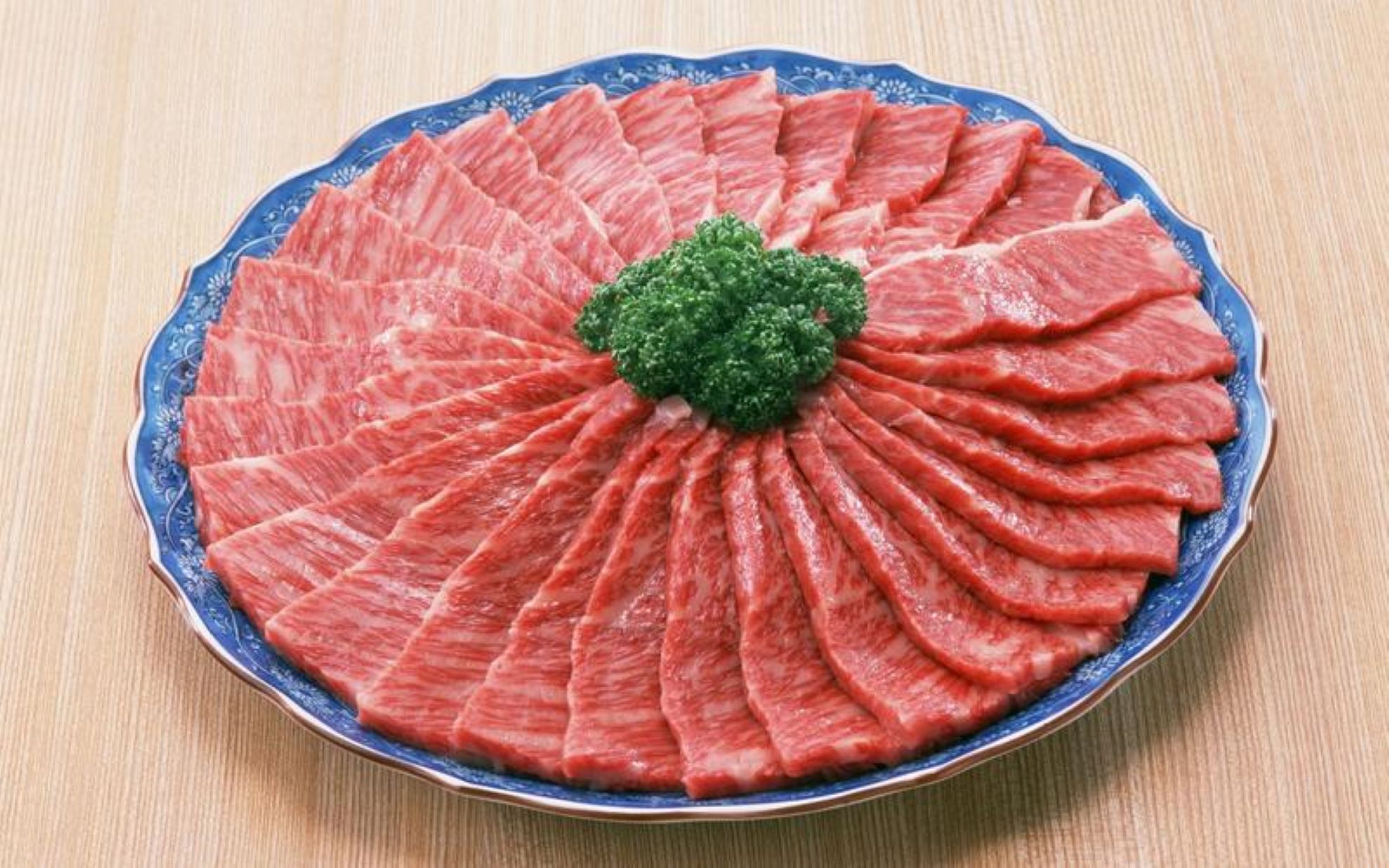
Development cycle of various food ingredient industry categories
If we simply divide the lifecycle of a sector into four stages, namely the introduction period, growth period, maturity period, and recovery recession period, and judge its stage based on two indicators of market size growth rate and concentration, as shown in the following figure, China's frozen rice noodle and ice cream sectors have entered a slow growth mature period, with high industry concentration, and growth mainly relies on product structure adjustment. Frozen cut products, semi processed products, and aquatic products are in the growth stage, while prefabricated dishes are generally in the early stages of development, but are being widely accepted by the public.
Optimistic: opportunities for pre made dishes, semi processed and frozen poultry, livestock, and fish cut products, as well as frozen rice noodles, ice cream, and more are slightly saturated.
The driving factors for the development of the frozen goods industry
Compared to the per capita consumption of frozen goods in the United States and Japan, China has a huge market space in the future; Among them, dining out, rapid development of cold chain, and standardization of supply side ingredient production are the underlying driving forces.
Analysis of typical entry modes in the B2B frozen goods industry
This mainly introduces several business models that start-up companies will choose to enter the industry based on their own advantages and resource characteristics during the process of market transformation, which does not represent the company's long-term consistent business strategy. In the medium to long term, our own model will definitely iterate based on the actual market environment, current scarce resources and advantages, future development priorities, and the gameplay of industry players.
1) Fully self operated mode
·Full self operation of upstream commodity procurement rights, pricing rights, logistics and warehousing performance, BD server, and data system development
·Advantages and disadvantages analysis: occupying funds and competing for turnover efficiency; The full coverage of factories, logistics, and servers under multiple SKUs can solidly connect the overall upstream and downstream link network. In the future, there is an opportunity to find optimization space on the production side, but it will bring difficulties to the expansion of multiple categories. The funding requirement for replicating in multiple regions is high, and considering the actual situation of agriculture in China, the difficulty of pure self operation, like Sysco, is very, very high
2) Self operated by urban partners
·Upstream commodity procurement rights, data system self operation, partial pricing rights, logistics warehousing performance, and partial opening of BD server to local city partners for operation
·Advantages and disadvantages analysis: The overall and self operated models have similar advantages and disadvantages. Some downstream fulfillment costs are shared with city partners, and there is uncertainty in controlling the downstream server. The entire cold chain is not completely within its own system, and there is still an opportunity to find optimization opportunities in the upstream production end.
3) Joint venture model
·Not having the right to purchase goods, pricing power depends on the situation, and commission is drawn from transactions; Responsible for logistics warehousing, BD server, and data systems
·Advantages and disadvantages analysis: The platform model that does not occupy funds and draws commissions lacks opportunities to optimize the upstream of the supply chain, which controls the core logistics warehousing (cold chain) of the entire chain. The difficulty of expanding multiple SKUs is low.
Note: The foundation of the joint venture model is standardization, and the product differences will not be too large. Frozen products are basically in line with the requirements
Looking at the Development Strategies of Domestic Companies from the Differences in the Forms and Development History of the Frozen Food Industry between the United States and Japan
There is a huge difference in the production and consumption habits of agricultural ingredients in the upstream and downstream of the United States, Japan, and China. The best model for the development of food circulation companies needs to be reasonably benchmarked in accordance with specific national conditions. From the perspective of modernization of agricultural production as a whole, there is still a significant gap between China, the United States, and Japan. However, from the comparison of industrial development trends in terms of scale and technology, it can be seen that there are model iterations and path selection strategies worth differentiated reference for domestic companies.
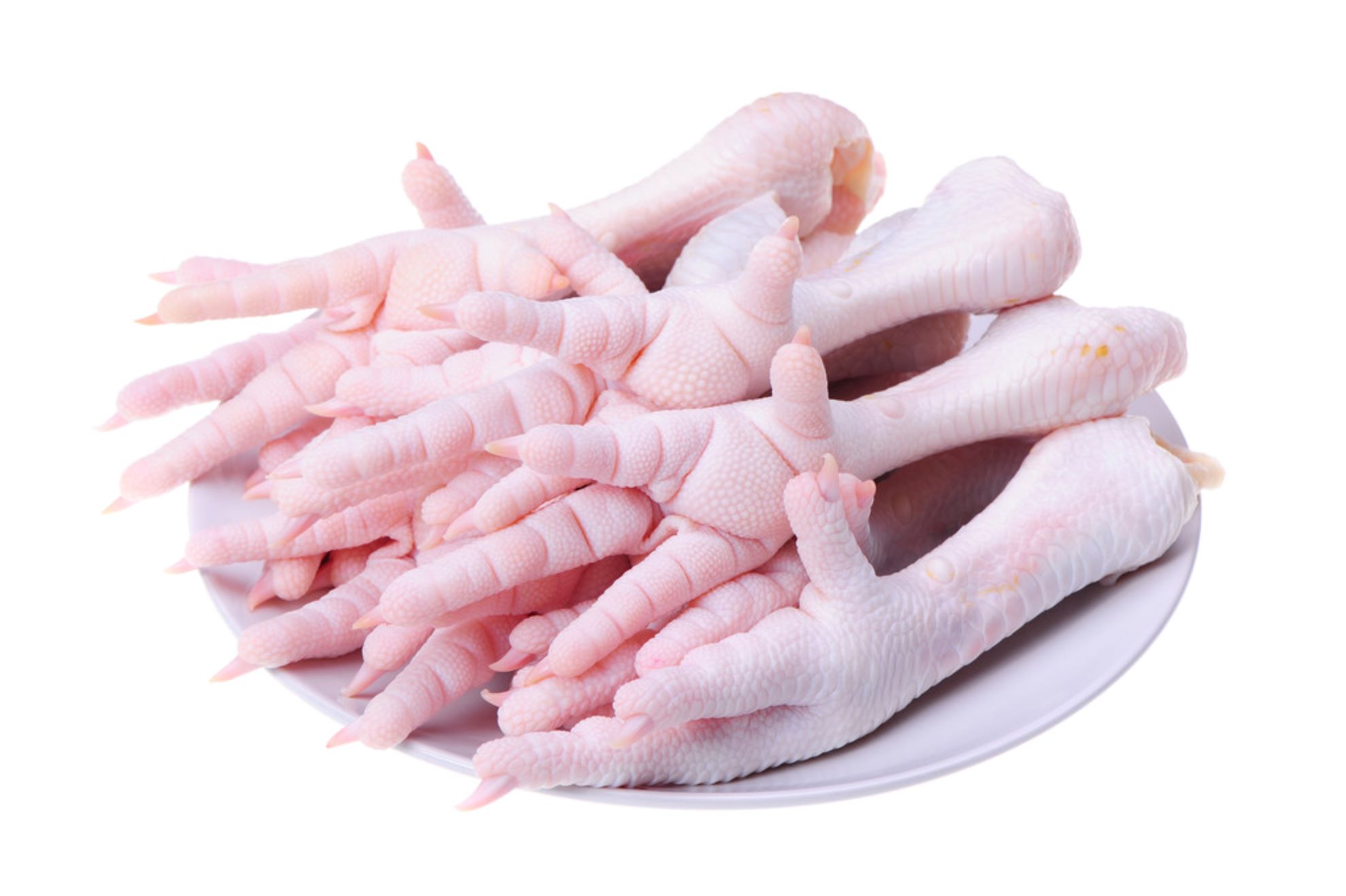
1. Agricultural characteristics and dietary habits in the United States
Summary: Upstream field operations, technological advancement, gradually maturing cold chain in circulation, and standardization of downstream Western cuisine
Looking back at the development history of the catering supply chain in the United States, its mature development is inseparable from the overall agricultural production, transportation and infrastructure, supporting policies, and social structure development of society. In the following figure, we have summarized the main driving factors of various changes in American society since the 19th century on the development of its agriculture and catering supply chain industry. Among them, we believe the most important factors include:
1) The scale and mechanization of agricultural production: Since the 20th century, the agricultural production technology in the United States has developed rapidly. Due to the widespread use of agricultural machinery and fertilizers, agricultural production efficiency has significantly improved, leading to a decrease in the number of agricultural workers. While the overall agricultural land remains stable, the average area of each rural area has increased, and the scale effect of agricultural development is significant;
2) The development of the post-war American economy and the shortage of labor force led to a significant increase in women's labor participation rate, which in turn led to a significant increase in the proportion of American households spending on dining out, thereby promoting the development of the catering and supply chain industries;
3) The improvement of infrastructure such as highways, cold chain logistics, and warehouses has also laid the foundation for the development of a modern catering supply chain system in the United States;
4) The standardization of Western cuisine is relatively high, and the acceptance of frozen food is higher, which also provides convenience for the development of supply chain enterprises, especially comprehensive supply chain enterprises.
The centralization and singularity of upstream and downstream have also laid the foundation for companies such as Sysco and USFoods, which have a core business model of wide network, short chain, self operated full chain, and multi production line.
Sysco - the largest food supply chain service platform in the United States, currently 60% of ingredients are transported as frozen goods
Sysco adheres to the development of a self operated model, empowering standardized windows with upstream technology, investing in warehouse weighted assets, and empowering small B-end with IT technology; Capital continues to merge and expand boundaries.
The development of self operated models, empowering terminals with front-end technology, and improving product standardization through warehouse and logistics procurement.
Our core business is the supply of B-end ingredients, with customers concentrated in catering stores, hospitals, and governments, serving 600000 customers worldwide, forming a resonance system of procurement logistics and front-end technology management. The procurement company practices two aspects of origin standardization and productization, as well as centralized procurement, improving quality, reducing costs, and gradually developing free brands, with free brands accounting for about 10%. The logistics company has 332 distribution centers, covering an area of 4.55 million square meters, and the client focuses on customer centered research and development design.
Borrowing capital continues to expand. Empowering B-end with operational IT technology.
Firstly, the company leverages capital to continuously acquire and integrate categories and regions, and embarks on a path of international expansion. At the same time, the company has taken the lead in empowering small merchants with commercial technology, reducing labor costs at both ends, improving operational efficiency, and transforming Sysco from a commodity service provider to a "commodity+technology" service provider. It has built a B-end hardware and software system, enhancing continuous investment in customer stickiness capital. The overall capital to liability ratio of the company is high, and the inventory turnover is slightly higher than that of supermarkets in the inventory cycle. The operating cash flow and net operating cash flow are good, and the overall financial situation is healthy, stable, and improving.
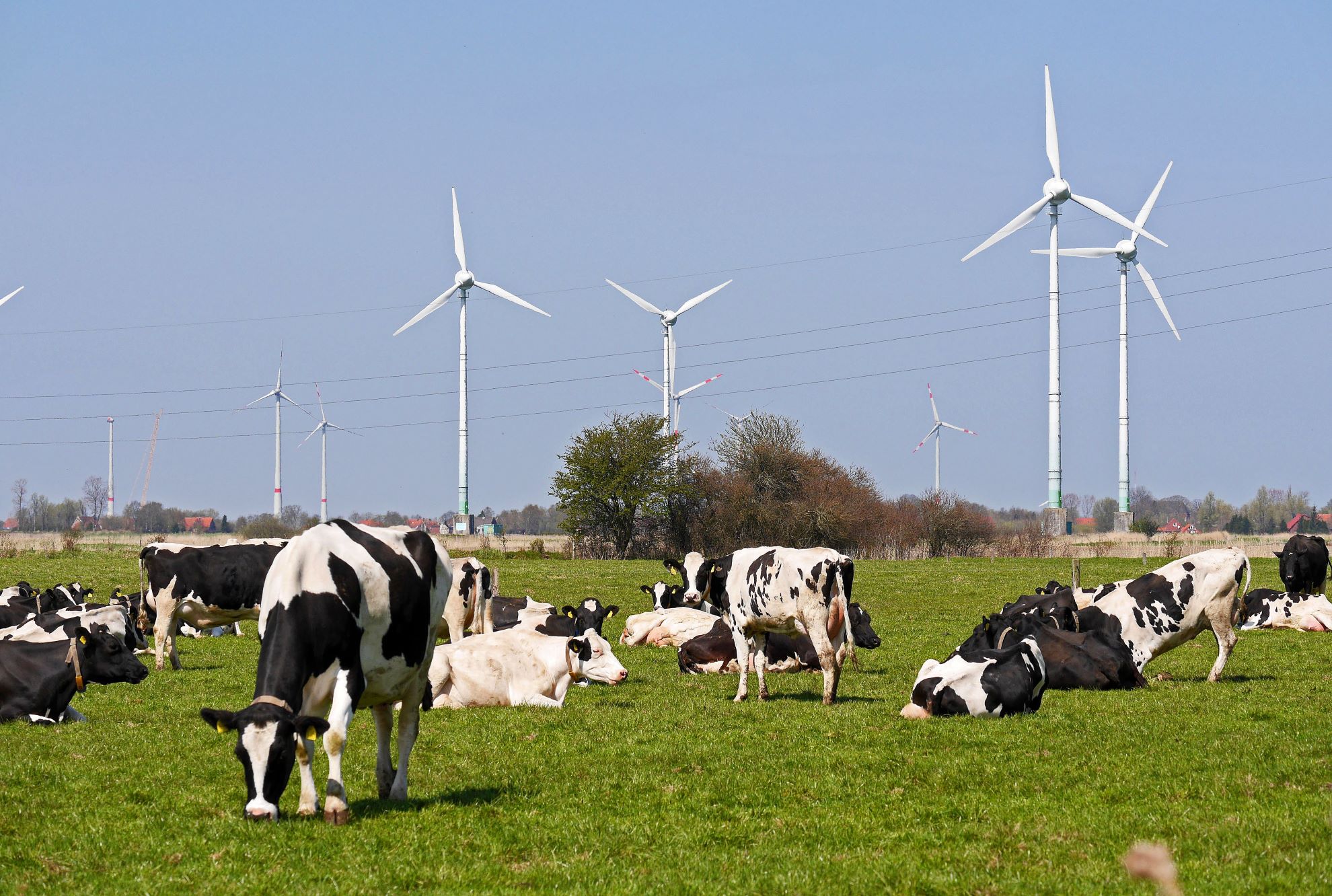
Japanese Agricultural Characteristics and Dietary Habits
Summary: The production end lacks field operating conditions, but the level of technology is high, the cold chain is developed, and the dining habits are similar to those of the Chinese region. The variety is diverse, but the regional differences are small.
·Japanese agricultural characteristics: Japan is located in the temperate zone, with a mild climate and abundant rainfall, suitable for crop growth. Moreover, the land is narrow in both the north and south, and crops can grow in both the north and south, so there are many types of crops. However, there are many mountains and few plains, lacking the conditions for large-scale agricultural production in the United States. However, the mechanization and technology of agricultural production are at the top level, which helps Japan's upstream agricultural production to cultivate and refine, with extremely high efficiency. Complete cold chain infrastructure.
·Japanese dining habits: Due to belonging to the same East Asian culinary culture, but with a relatively small land area compared to China. So the overall diversity of food ingredients in Japanese catering consumption is higher than that in the United States and lower than that in China, and they pursue fresh food and seafood in terms of characteristics, with no uneven distribution in the region. (Japan can be seen as a region of our country)
ACCESS - One of the largest food distribution companies in Japan, starting with frozen and dairy products
Summary: Development of logistics warehouse and distribution foundation through self operated model, acquisition by Itochu, gradual expansion of joint venture business categories, and platformization development
At the beginning of its establishment, Xueyin ACCESS Co., Ltd. mainly operated some SKU categories (dairy products, refrigeration, freezing), and built a wide range of cold chain and logistics delivery systems based on this.
In 2001, it was invested by Itochu Corporation (which has a large number of distilleries and food factories, holding full-time shares and cross shareholding 711), and later Itochu gradually gained control of ACCESS.
Expand the platform of joint venture business in business, (cooperate with third-party food ingredient vendors and other food vendors under Itochu)
→ Development: Utilize BI tools to provide category analysis (multi SKU intensive management), self operated brands, strong internal ERP, and partial adherence to source food ingredient procurement.
Chinese Agricultural Characteristics and Dietary Habits
·There is great regional differentiation in agricultural production in China, with scattered upstream sources and low levels of mechanization, low technological content, and labor-intensive.
·Consumer dining habits include a wide variety of SKU categories of ingredients, with significant regional differences. (The country has a vast territory, significant differences between the north and south, and eight major cuisines)
·The development of cold chain infrastructure is rapid, but overall it is very imperfect.
·Repeating Japan's basic habit migration 20 years ago: standardization of ingredient supply quality, numerous but gradually concentrated small and micro single restaurant catering enterprises, and a significant increase in the proportion of dining out and takeout.
Comparison of the Characteristics of Comprehensive Agriculture and the Multiple Elements of the Commercial Environment at that Time: Differences and References in China, the United States, and Japan
Note: The last column describes GDP as the GDP of the United States in 1969, Japan in 1982, and China in 2019. 1969 was the year when Sysco rapidly developed and prepared to go public (listed in 1970), and 1985-1995 was the year when ACCESS rapidly expanded and expanded. The selection of several time periods that differ from the modernization of agriculture in China, the United States, and Japan also provides some reference.
American model: The agricultural characteristics of the United States include upstream field operations, technological advancement, gradually maturing cold chain in the circulation process, and standardization of downstream Western cuisine. Based on this, Sysco adheres to a self operated development model, empowering standardized windows with upstream technology, investing in warehouse and weight assets, and empowering small B-end with IT technology; Capital continues to merge and expand boundaries.
Japanese model: Japan's agricultural characteristics include a lack of field operating conditions on the production end, but a high level of technology, developed cold chain, and catering habits similar to those in China. The variety is diverse, but the regional differences are small. Based on this, the ACCESS self operated model developed a logistics warehouse and distribution foundation. After being acquired by Itochu, it gradually expanded its joint venture business to expand its categories and platform based development.
Chinese model: China's agricultural production end is scattered and backward, the consumer end has a variety of food ingredients, and there are significant regional differences in taste. Unable to benchmark with the United States, it has reference value for Japan.
04 Overview and Analysis of B2B Frozen Products Industry
Suggestions on the mode selection of the Internet in the domestic frozen product industry
Based on the analysis of typical entry models in the field of frozen goods circulation in the second part and the analysis of the development path, economic level, technology, geographical and agricultural characteristics, and popular food taste in the three countries of China, Japan, and the United States in the third part, we can see that:
Firstly, based on the characteristics of scattered and backward upstream agricultural production in China, as well as significant regional differences in downstream food, there are numerous SKUs. The author believes that it is not feasible for Chinese agricultural ingredient B2B growth companies to fully learn from SYSCO's continuous self operation. Expanding across multiple categories and regions requires extremely high costs, and it is necessary to introduce joint ventures in the early stages.
Secondly, the cold chain of China's frozen goods industry is in a period of rapid development and is a scarce resource. This resource should be included in the business scope in the model. So pure SAAS and information matching are not feasible. Long term development must touch the warehousing and distribution links of the cold chain. In the early stages, some high, rigid, and seafood products are self operated (with high frequency and high demand), taking advantage of fake products to build a solid foundation in the cold chain and solidify advantages (mastering non transaction data)
Thirdly, the joint venture model is easy to quickly expand SKUs (or explore sinking markets in the same region), but it requires the support of basic stock resources: self owned and efficient cold chain infrastructure, so it is necessary to first pave the way for the joint venture model and also gain the cooperation trust of upstream factories.
Fourthly, when regional development is improved and it is necessary to expand the geographical map, the upstream frozen goods supply chain and data systems can be reused (economies of scale), and cold chain logistics and service terminals need to be rebuilt. On the basis of overall revenue growth, based on the advantages of the upstream supply chain and the improvement of the data system: controlling the upstream and semi opening the BD and performance of new areas to urban partners is the preferred model for rapid development. (Supply chain finance can also be considered)
Prioritize recommendations based on company investment factors
Category entry>Reasonableness of selection mode>Free cash flow (turnover, finance, mode, financing)>Profit margin after performance>GMV growth rate (timing, location, and human resources)
1) B2B impossible triangle principle: Industrial Internet companies cannot simultaneously achieve rapid development in free cash flow, post performance profit margin and GMV growth. Therefore, based on the characteristics of the frozen product industry, it is recommended to focus on the above priorities.
2) During the period when I studied the industrial Internet of agriculture, I seriously visited some outstanding entrepreneurs and practitioners in the industry, and found that entrepreneurs in this industry adhere to the original intention of industry people, also shoulder the mission of scientific and technological reformers, optimize industry efficiency and help industry upgrade. Balancing business and social values, constantly exploring and striving on the path of taking risks, changing industries, and innovating. Thank you to them for their personal efforts in upgrading the industrial form of our country, and sincerely pay tribute to them.
At present, the pioneers of B2B platforms for frozen goods in China include frozen goods online, frozen goods collection, frozen goods delivery, etc., including frozen goods vertical e-commerce platforms, information matching trading platforms, F2B2C platforms with multiple links, community oriented B2C platforms such as Meicai.com and Meituan Kuailu, and the enterprise platform oriented Zhengda B2C model
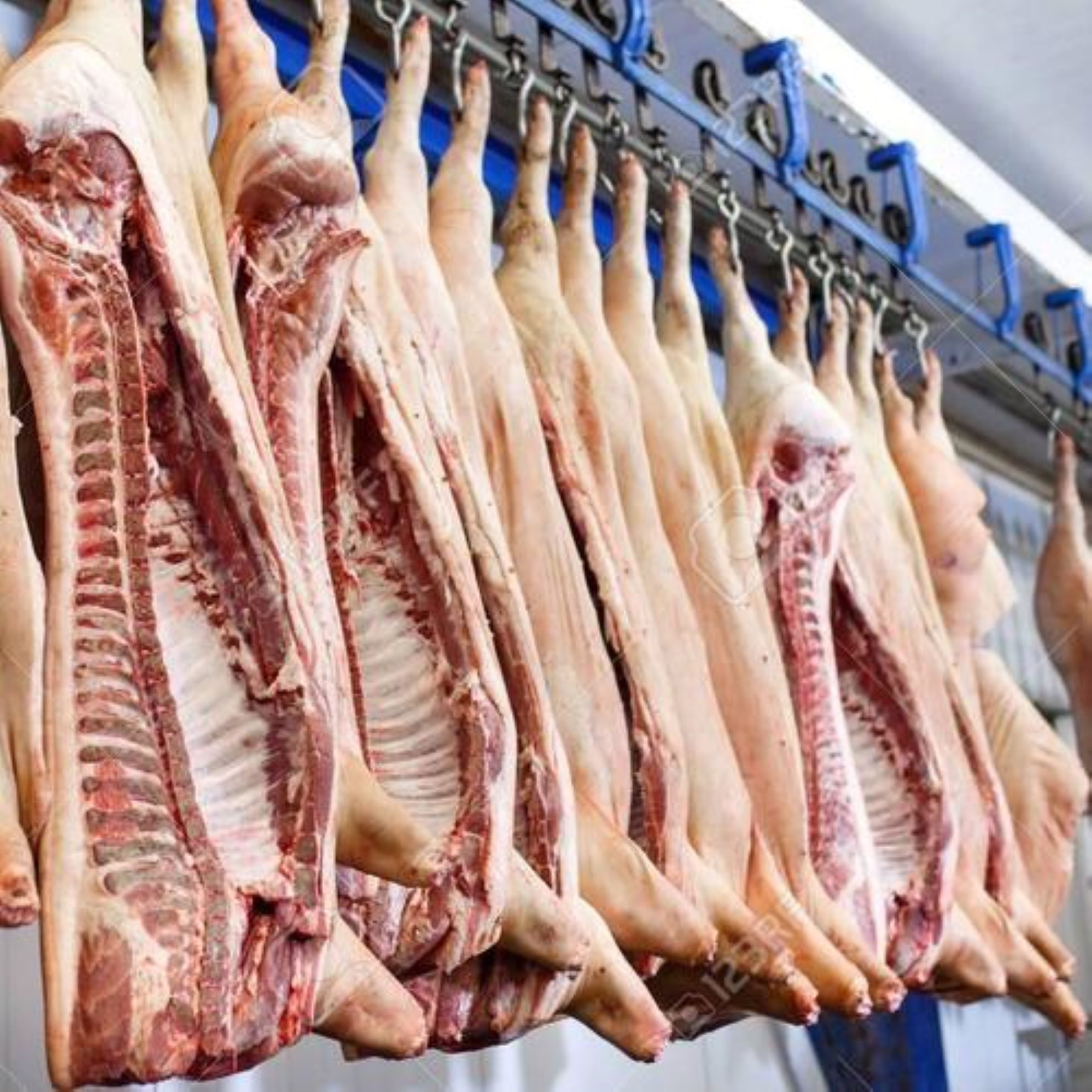
The following discussion will focus on the transformation and rise of frozen retail terminals. This article is excerpted from the China Food News website.
The transformation and rise of frozen retail terminals
The opening of direct stores by frozen product manufacturers or the entry of frozen product entrepreneurs into community stores can be traced back to the pioneers in 2016. As the first experiment, dealers, entrepreneurs, manufacturers, and individual businesses gradually participated in it in 2018.
At present, hotpot ingredient specialty stores are booming, with hotpot ingredient supermarkets spread across the country as Guo Quan, Lazy Bear, Zou Liguo, Jiupin Guo, Hi Daming and others compete to expand their stores. Guoquan currently has over 3000 franchise stores nationwide.
Is it suitable to use a specialty store model for other frozen food ingredients besides hotpot ingredients? In fact, some lively minded people in the industry have already tried selling frozen noodles, but the gameplay is different. Some sell frozen products directly, while others sell them after heating.
Representative of Frozen Noodle Shop
Shuangde No. 1 "Guangdong style Dim sum shop"
Overall, the current frozen noodle shop is still in the experimental stage, and Foshan Shuangde Food Co., Ltd. (referred to as "Shuangde Food") is one of them.
It can be seen that Shuangde No. 1 Guangdong style Dim sum store is clean and tidy, displaying various frozen Dim sum, and consumers are shopping with shopping baskets.
It is understood that Shuangde No.1 mainly relies on Shuangde Food. His WeChat official account tweet said, "When you come to Shuangde 1, you don't have to worry about making breakfast. We have more than 200 Dim sum to choose from. Keep them in the refrigerator, take them out when you want to eat, and heat them up. Whether you want to make breakfast or afternoon tea Dim sum, they are convenient and fast!"
Ye Zhenpei, the person in charge of Shuangde Food, said that the company has opened seven Dim sum stores in two or three years, mainly for C-end consumers. At present, the business situation is still good, and we have started recruiting franchisees to the outside world.
Hot selling representatives of frozen noodles:
Having ingredients in the stomach, accustomed to steaming and frying
Previously, there were two main models for selling frozen pastries: one was to supply them to supermarkets, convenience stores, and other terminals, and then heat them up for sale; There is also a way for manufacturers to open terminal stores, such as Le Yao Ju's "belly has ingredients" and Nanyang's "accustomed to steaming and frying".
The ingredient in the stomach is a brand under Xiamen Chen Ji Le Yao Ju Chain Food Co., Ltd. Slogan is a "Hong Kong style snack with ingredients to be happy". In addition to Le Yao Ju's noodles, the product is also paired with drinks and snacks.
Ms. Liu, the market leader of the project, introduced that the current store base has not changed much, mainly concentrated in areas such as Fujian, Guangzhou, Shenzhen, and Shanghai, and the new area is still actively being developed.
Not only Le Yao Ju is responsible for serving frozen pastries as a storefront. On June 11th this year, the Central Kitchen Experience Store "Habitual Mouth Steamed and Fried" under Nanyang Pindian Food Co., Ltd. also opened for business.
Who is more popular among two types of frozen pastry specialty stores?
Which model better meets consumer needs when selling frozen noodles while they are "cold" or when they are "hot"?
"We have more than 200 SKUs, most of which are frozen pastries, and a few of which are ready to eat Dim sum." Ye Zhenpei introduced that the No. 1 direct store of Shuangde also sells heated Dim sum, which consumers can purchase in large quantities after tasting.
Zhang Dapeng, the general manager of punctuation food, said that in the long run, the experience store model of "on-site heating sales+quick freezing pre packaging sales" is the most suitable for the market. "We are a bit worried that the noodles won't hold up, so we'll open a small store for testing first. This will directly tell consumers that we have a 'central factory+direct store' model, and see their attitude towards industrialized products."
Shi Jufeng, the person in charge of Zhengzhou Food Supply Chain Management Co., Ltd., also believes that the "experience+sales" mixed model is better. It can also be paired with drinks to seize the morning and afternoon tea markets, further enrich channels, and increase sales.
Supply chain finance solutions
Enhanced liquidity: Supply chain finance can provide short-term liquidity for enterprises in the frozen goods industry, helping them alleviate financial pressure.
Risk management: Through supply chain finance, enterprises can better manage risks such as price fluctuations and exchange rate fluctuations.
Cost benefit analysis: Supply chain finance can help enterprises optimize their cost structure and improve the efficiency of fund utilization.
The future development trend of frozen goods sector
Technological innovation: With the development of technologies such as the Internet of Things, big data, and artificial intelligence, the supply chain management of the frozen goods industry will become more intelligent and automated.
Sustainability: The frozen goods industry is increasingly focusing on environmental protection and sustainability, which will affect the design and management of the supply chain.
